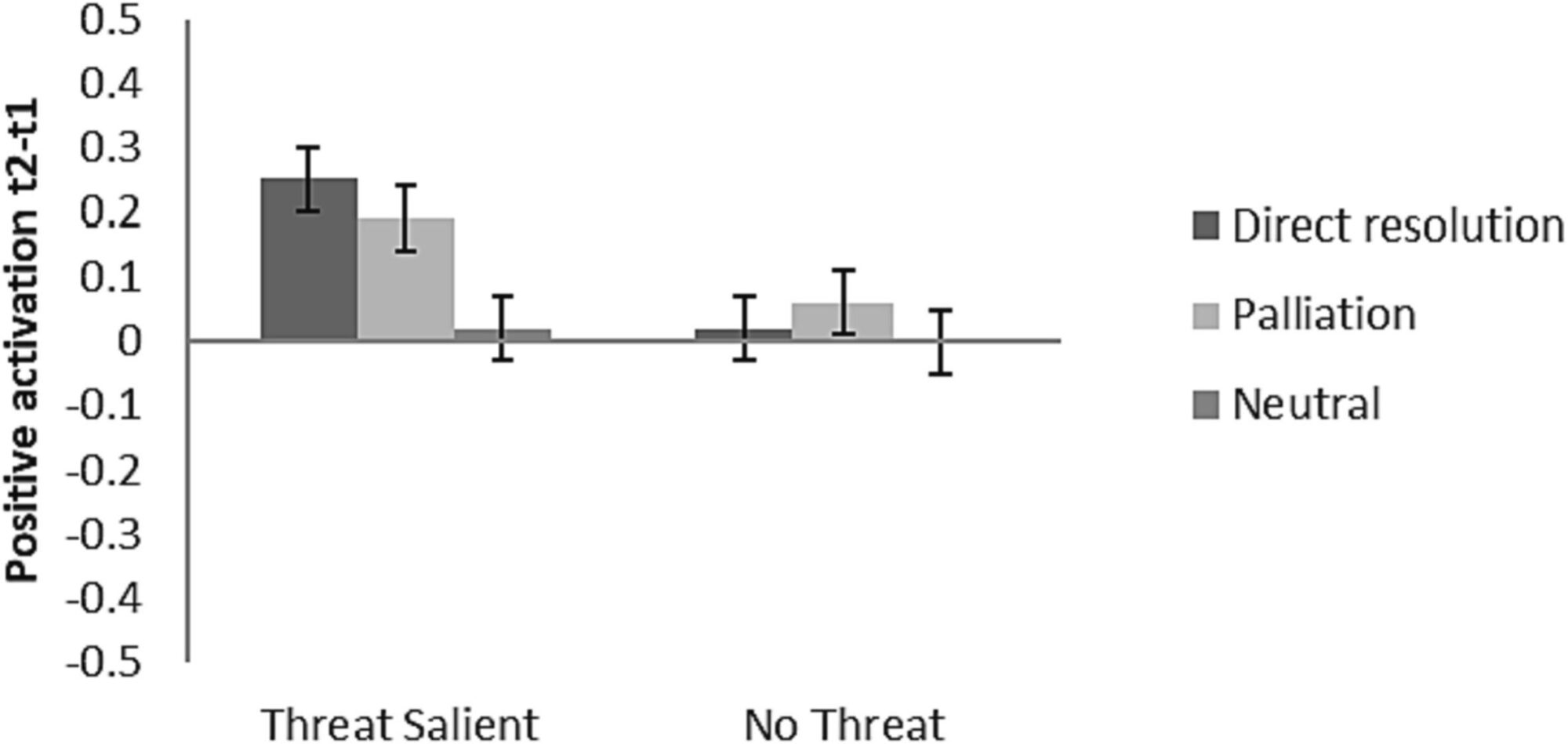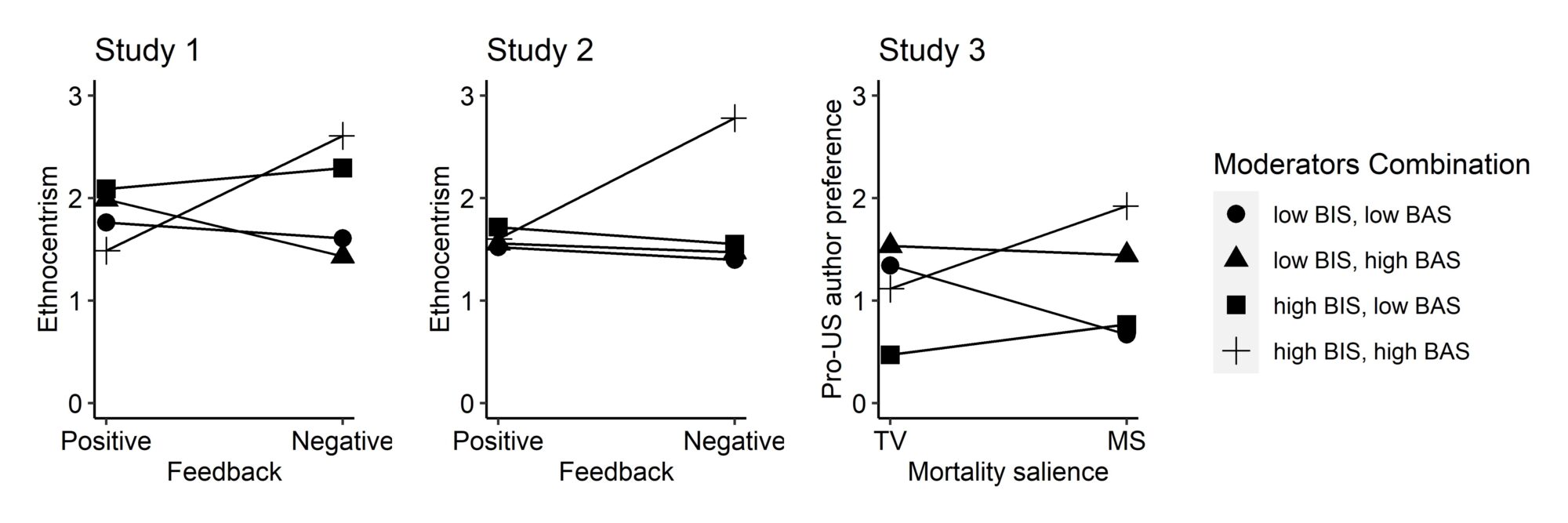What is threat? We understand threat as a consequence of discrepancies. People strive for consistency and congruence, i.e. they look for a fit between the social environment in which they find themselves, their inner experience and their wishes as well as their behavior. We assume that three components are central here: the perceived situation (reality), one’s own current desires (motives), and expectations about what will happen (cognitive focus). If there is a conflict within these components, a discrepancy arises and with it the motivation to reduce this discrepancy ( Jonas & Mühlberger, 2017). Discrepancies arise, for example, when our freedom is restricted (e.g. Mühlberger & Jonas, 2019) or when we strive for self-preservation, control, security or meaning, but are reminded of their own mortality, loss of control, insecurity or meaninglessness (e.g. Reiss, Leen-Thomele, Klackl & Jonas, 2021).
The perception of discrepancies often leads people into an unpleasant state of inhibition (a so-called “anxiety paralysis”, which can be described by activation of the behavioral inhibition system (BIS)), from which they emerge through motivational reorientation, such as action orientation (described by the behavioral approach system (BAS)). In the process model of threat and defense, we describe two strategies with which we react to threats, namely resolution and palliation. While resolution typically targets the cause of the threat-inducing problem, palliation focuses on achieving a positive affect state. This is a small selection of our most recent research findings in the field of threat management:


Our research also aims to better understand human behavior in the context of climate change, and thus to find solutions ( Stollberg & Jonas, 2021). For example, climate change communication usually tries to promote solution-oriented coping with climate change, but has been shown to lead to emotion-oriented palliation instead of cause-oriented resolution ( Uhl-Haedicke, Jonas & Klackl, 2016; Uhl-Haedicke, Klackl, Hansen & Jonas, 2018). Our research has shown that climate change communication could be more effective if it appeals to the values of the recipients ( Ulmke et al., 2023).




